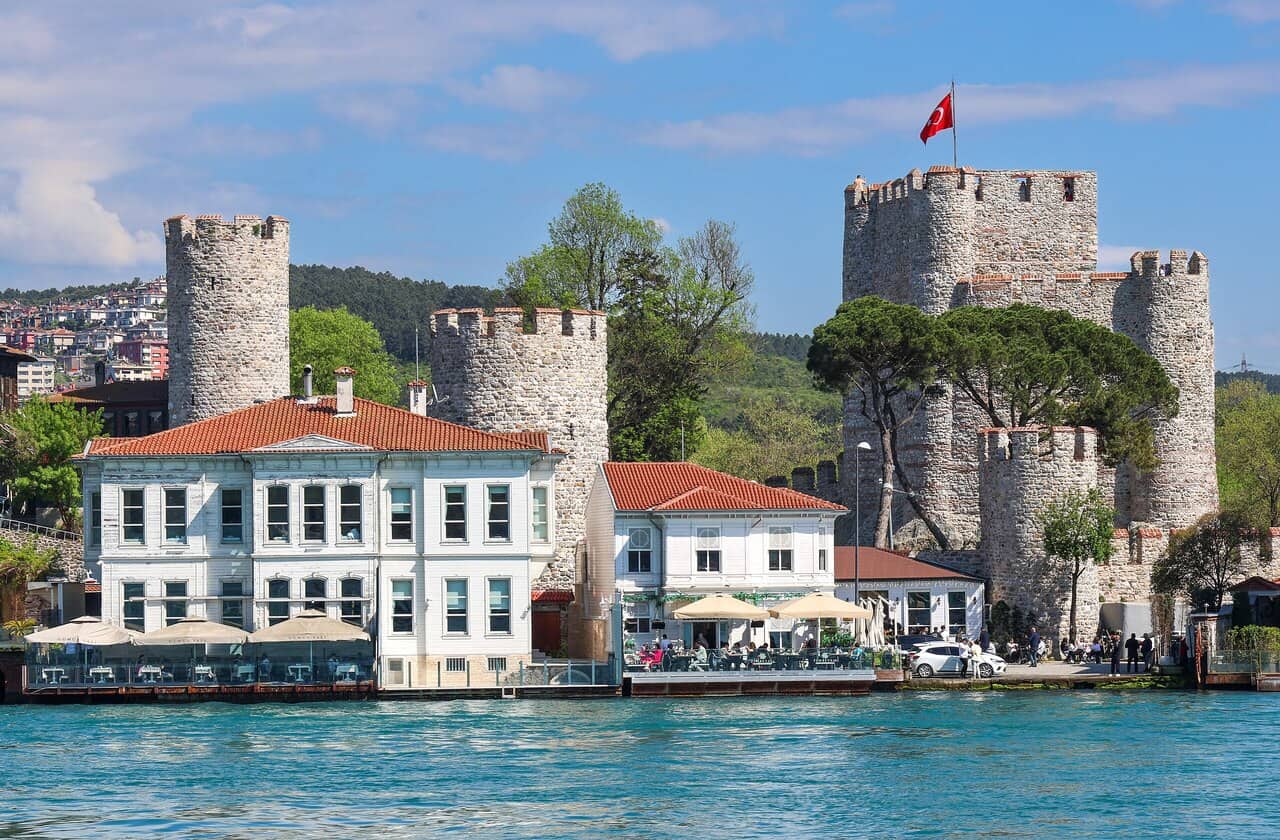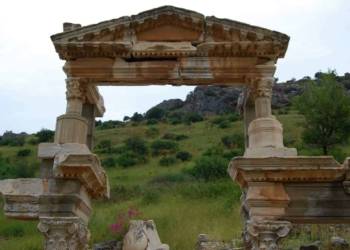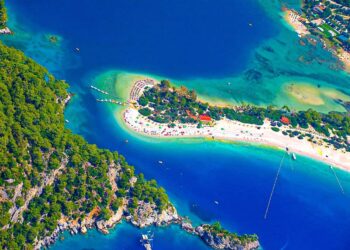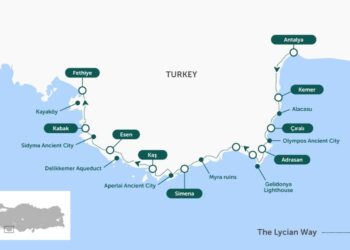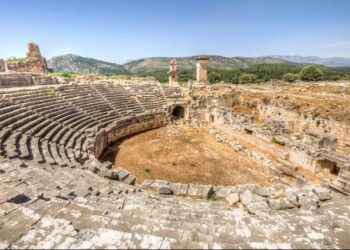Table of Contents
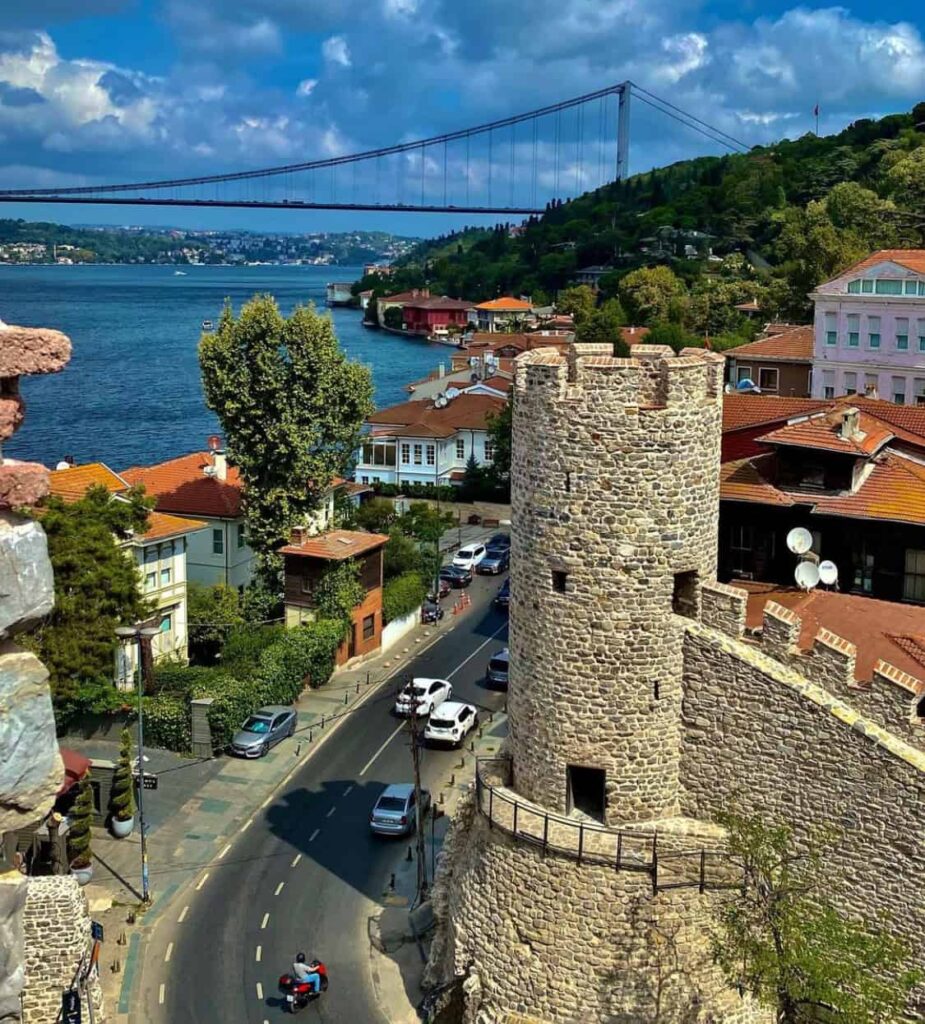
The Ottoman Gateway to Constantinople’s Fall
As Istanbul’s landscape unveils countless layers of history, Anatolian Fortress stands as a pivotal symbol of Ottoman strength and strategic acumen in the late 14th century. This unassuming yet historically profound fortress not only witnessed the rise of Ottoman dominance but also marked a turning point in the Byzantine Empire’s struggle for survival.

Byzantine-Ottoman Relations in the Late 14th Century
By the late 1300s, the Byzantine Empire, once a formidable power, was a shadow of its former self. Reduced and fractured, Byzantium watched as the Ottomans encroached upon its territories with calculated patience. Built by Sultan Bayezid I in 1395, Anatolian Fortress represented a major Ottoman foothold in their strategic efforts to eventually encircle Constantinople. With the fortress strategically placed on the Asian side of the Bosphorus, it provided a vantage point from which Ottoman forces could monitor and, if necessary, obstruct the traffic between the Black Sea and the Marmara Sea. This fortification would later prove instrumental in isolating Constantinople from potential aid during the decisive siege of 1453.
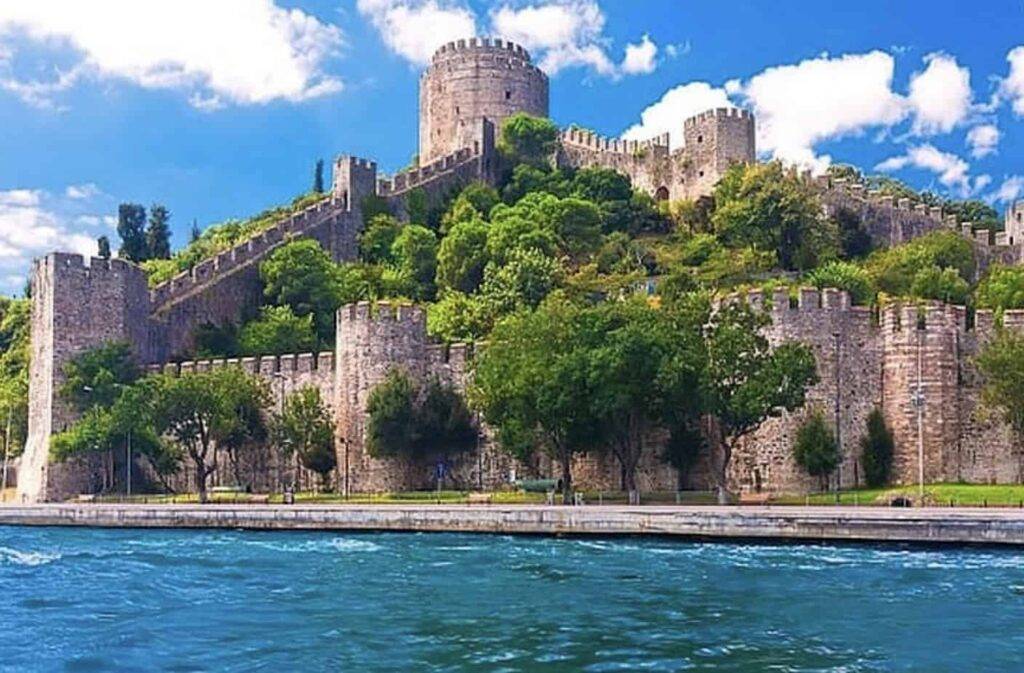
The Silent Prelude to 1453
Approximately 60 years before the construction of Rumeli Fortress on the European side, Anatolian Fortress had already established a significant Ottoman presence along the Bosphorus. Positioned directly across from where Rumeli Fortress would later rise, Anatolian Fortress created a pincer effect, with the Bosphorus at its mercy. This stretch of water became a silent battleground, as Byzantine forces realized the impending threat of a full Ottoman siege was no longer a distant possibility but an approaching reality. Yet, for nearly six decades, the two fortresses did not engage in active battle. Instead, they served as symbolic reminders of the Ottoman threat that loomed over the Byzantine capital, waiting for the right moment to strike.

A Cultural Transformation: The Ottoman Period
Following Constantinople‘s capture in 1453, the Ottoman Empire transformed the region surrounding Anatolian Fortress into a place of beauty and leisure.

The nearby Göksu inlet became a favored escape for the Ottoman elite, who built elegant mansions and elaborate gardens along its banks. The picturesque Küçüksu Pavilion, with its intricate architecture and lush surroundings, epitomized the Ottoman aesthetic and appreciation for natural beauty. These lands shifted from the strategic military staging grounds of Bayezid I to scenic retreats for sultans and court members, who came to enjoy the tranquility of the Bosphorus in a manner far removed from the fortress’s original purpose.
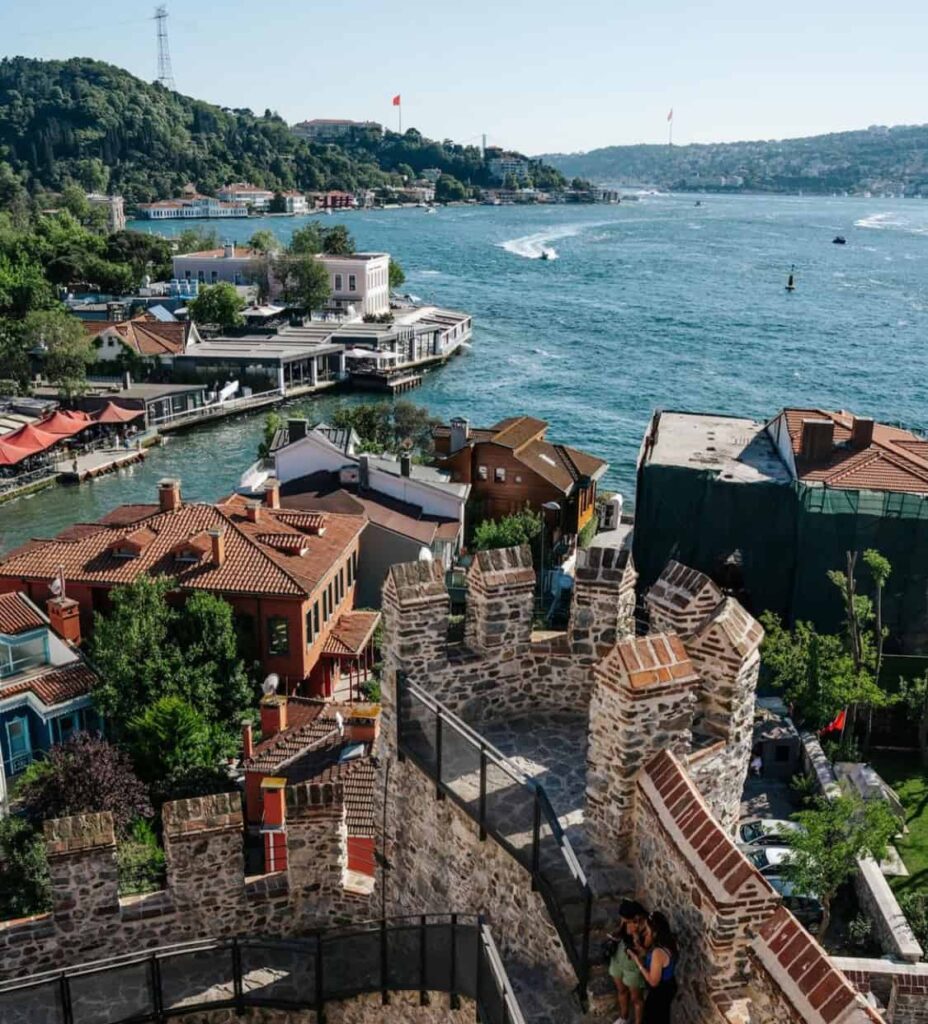
The Republican Era and Restorations
As Turkey transitioned into the Republican period, Anatolian Fortress entered a new chapter. National pride and historical preservation became priorities, leading to restoration efforts aimed at maintaining the fortress as a testament to Ottoman architectural and military ingenuity. In recent years, the fortress has undergone further careful restoration, balancing the need to preserve its historical integrity with the responsibility to ensure its accessibility to the public.
These restorations allow visitors a glimpse into a critical juncture of history, where Byzantine endurance clashed with Ottoman ambition, ultimately leading to the establishment of modern Istanbul.
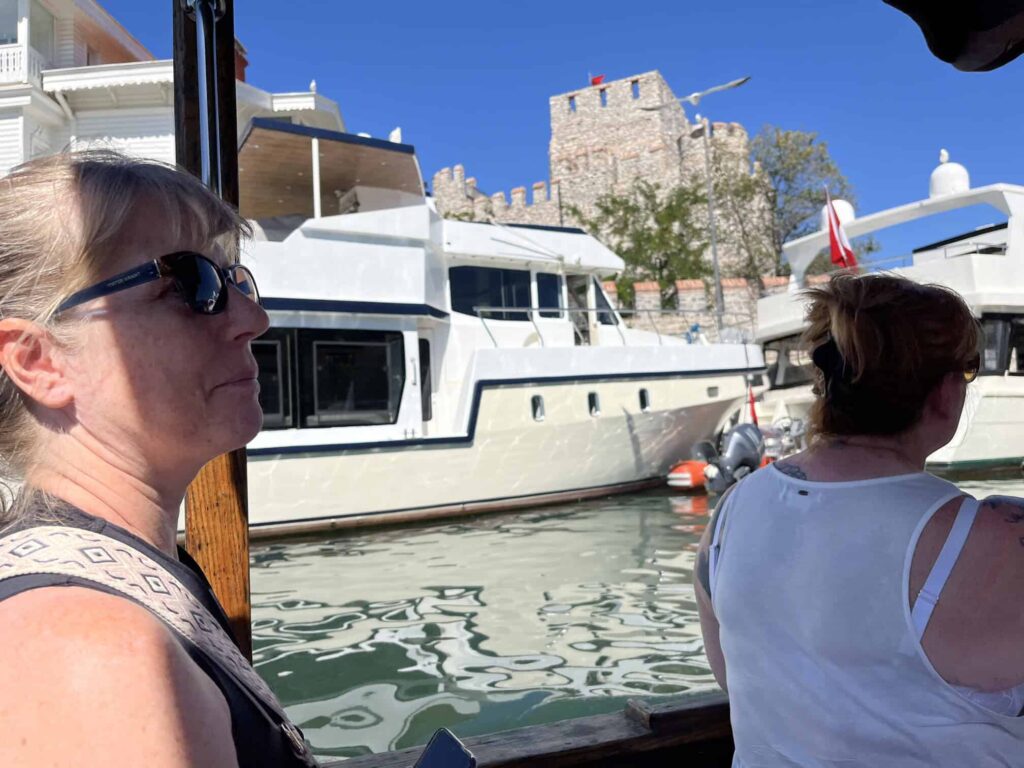
Visiting Anatolian Fortress Today
For those eager to experience this fusion of history and beauty firsthand, our guided tours offer an immersive exploration of Anatolian Fortress and its surroundings. From the fortress’s storied walls to the peaceful gardens of Küçüksu, our tours reveal the layers of history that transformed this area from a strategic fortification into a beloved Ottoman retreat. Join us to trace the footsteps of empires and understand the legacy of Anatolian Fortress in shaping Istanbul’s vibrant past and present.
Get in touch with us for a guided tour.
